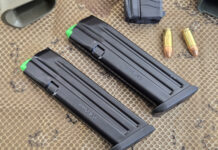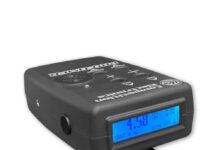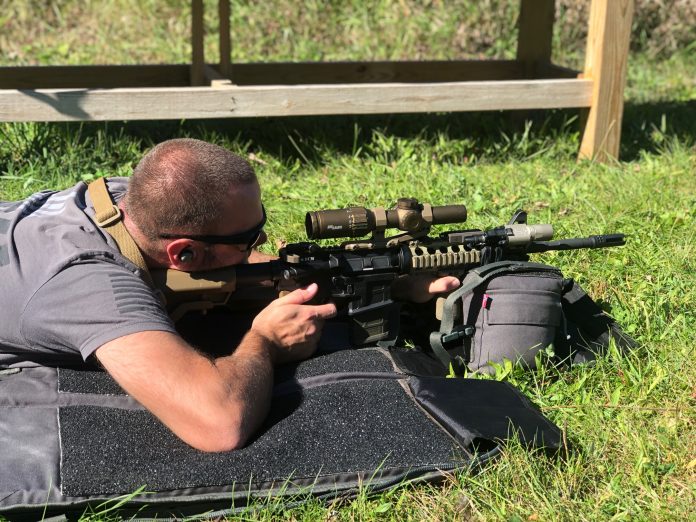
There are a tremendous amount of fantastic discussions online. There are places you can go and ask detailed questions and receive a detailed answer. You can discuss firearms function and theory, discuss advantages and disadvantages or certain selections, and learn a tremendous amount.
But beware the gunternet, for it is also full of well meaning fools…
If you dive into a forum or Facebook group you’ll find all kinds of folk, but most share a trait. They mean well, even if they are wrong. This happens with variable frequency and to variable degrees depending upon the quality of the group’s membership. Groups also have an overt tendency for brand loyalty, little cults of devotees who graft to the brand and the image the brand represents for them while they are critical of things not their chosen brand.
The owners of said companies take on a semi-prophetic status, this effect can be magnified if the company is small and known for producing a phenomenal product. Not that the owners are trying to do that, but their words and preferences tend to magnify into decrees by the time they hit consumer level. Somebody says they prefer the VLTOR A5 buffer system (which was developed as a PIP for the M16A4 and is a very good system), all of a sudden every other system is inferior and you are a fool if you run anything but [Insert Part the the prophet proclaimed was the good part].
But that is just one aspect. Usually following the advice of the person in the know, even if delivered vehemently second hand, will produce a good end result.
The real risk comes from the enthusiastically helpful ignoramuses…
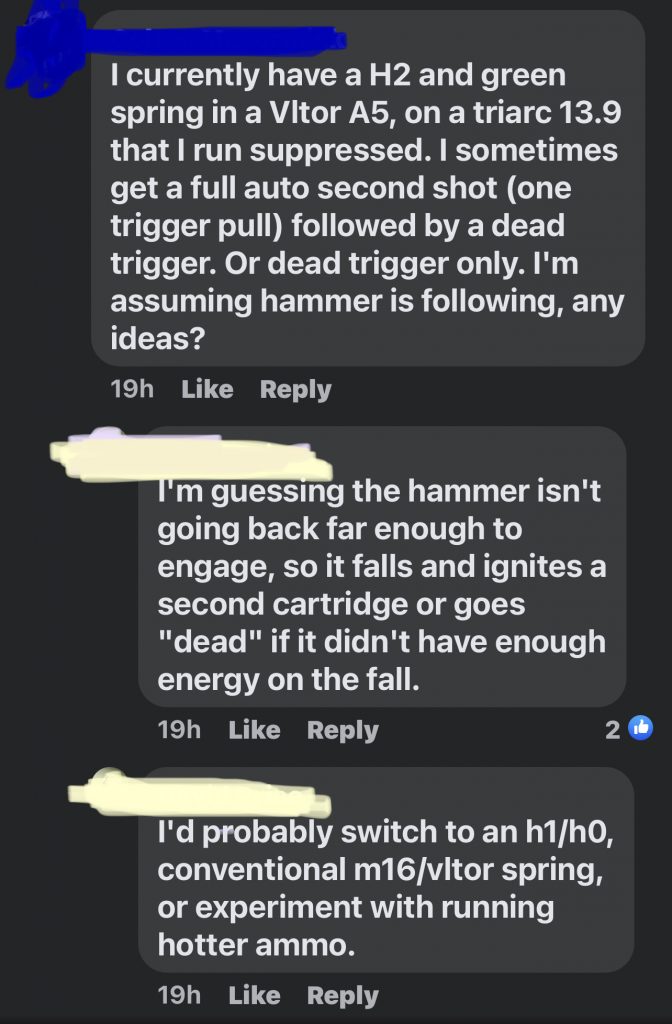
For those lost, the inquirer is asking about his part selection for his buffer and spring in conjunction to a failure in his trigger. He has an H2 (I am assuming the VLTOR variant, not the Carbine variant which is slightly shorter and lighter) and a green spring (SpringCo) on a 13.9 Triarc (probably a midlength gas system) that he runs suppressed (increased gas pressure for cycling). All of that is informative and we who try and help through the internet appreciate thorough information. It’s far to be over informed about the system than underinformed, like when the guy (it is almost always a guy in my experience, women are more organized) wanders into the gun store looking for ammo for his gun… but he doesn’t know the caliber.
The inquirer is getting a “full-auto” second shot or a dead trigger. He correctly diagnoses this as a hammer follow issue. A hammer follow is when the firearm’s hammer is not properly retained by the fire control group and it instead ‘follows’ the closing of the action, ending up in the ‘fired’ position.
Then in jumps the earnest helpful fool…
“I’m guessing the hammer isn’t going far enough back to engage, so it falls and ignites a second cartridge or goes ‘dead’ if it didn’t have enough energy on the fall.”
Sounds very reasonable and informed… if you have minimal working knowledge of the cycle of operations of an AR. To those with said knowledge it sounds like the useless drivel it is.
Now, I don’t believe for a moment that the commenter meant this advice with any malice aforethought, it was not meant to sound smart for his own benefit. He was trying to be helpful. But like the guy who hovers over the mechanic talking about checking the carburetor of their 2012 Toyota Tundra, which is both a correct engine term and a correct vehicle make and model, but ultimately totally wrong as carbureted engines went largely the way of the dinosaur after fuel injection was developed… this comment is of no help.
Now about the proposed solution…
“I’d probably switch to an H1/H0 [He is talking about VLTOR buffer weights] , conventional M16/VLTOR spring, or experiment with running hotter ammo”
Again, this sounds reasonable and informed… unless you are informed. Then it sounds like nonsense. It throws a bunch of expensive diagnostics and solutions out when we already have a pretty clear diagnostic grasp of the problem, the trigger is malfunctioning.
The first portion of the OP (Original Post(er)) is irrelevant to the problem, it gives us a parts list that are not part of the problem (but the OP is unsure if they could be contributors so includes them for reference. That is both common and appreciated).
The second sentence tells us what the problem is, the rifle is double firing and OP is getting hammer follow. This tells an informed individual one of three things about the OP’s rifle. A.) His disconnector is worn into disrepair and it is not reliably and safely catching the hammer during the cycle. B.) The sear is worn into disrepair and is not reliably and safely stopping the hammer when the trigger isn’t being pressed. Or, C.) The OP is “feathering” one of the more sensitive triggers on the market and minor sympathetic movements during a slow trigger release are causing the hammer to miss the sear on the reset point after it is released from the disconnector. A combination of the three is also possible.
Given what was described in the short post the likely culprit is A, or A and C.
Instead the OP got.
“I’m guessing the hammer isn’t going back far enough to engage,”
Guessing is right.
Guessing is the wrong thing to do when troubleshooting.
In this case, the guess is mechanically impossible.
For reference, the amount of rearward travel an AR bolt needs to engage the hammer to the disconnector is:
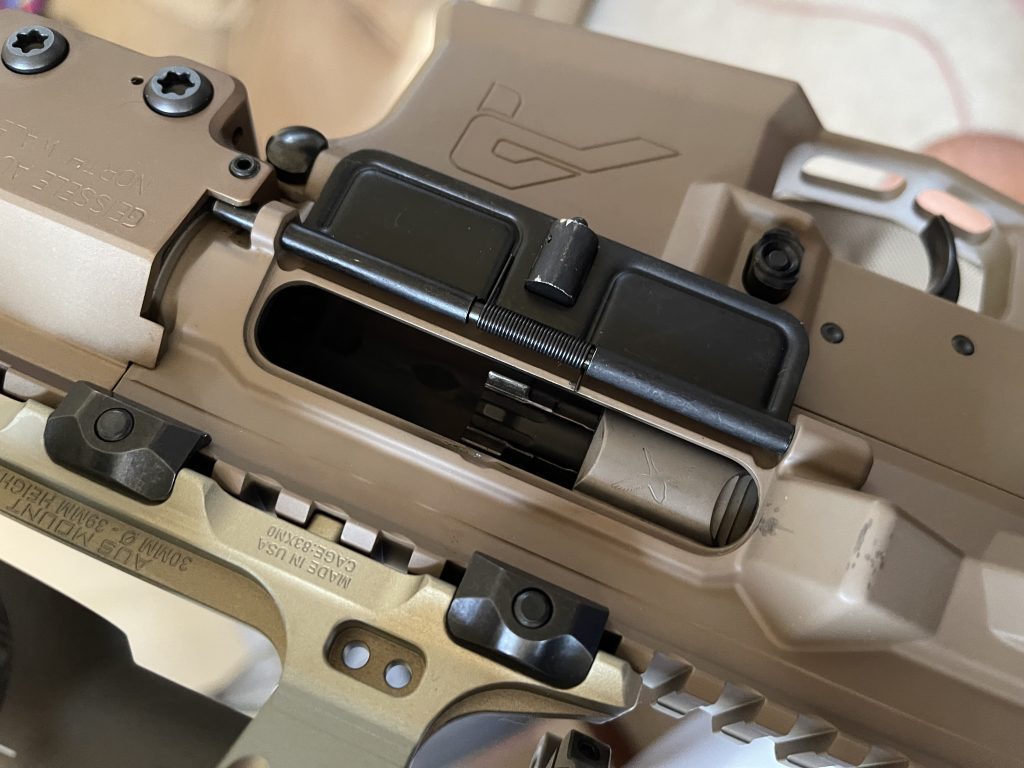
The bolt carrier travels much further obviously, it uses the bottom of the carrier to push the hammer back and reset it. It travels plenty far enough to ‘engage’ the trigger. If the rifle cycles, it’s fire control should be reset completely with a generous tolerance of extra movement. This is for the majority of auto-loading platforms, a full cycle resets the fire control. In an AR you don’t feel the resistance put onto the carrier by the hammer’s overtravel because the lions share of that resistance comes from the recoil buffer and recoil spring.
You can feel it in an AK though, during disassembly after you have the recoil spring out and are pulling the carrier out you can feel where the carrier over travels the hammer from the sear set point and disconnector engagement points so that the fire control group has plenty of spare room to grab it as the carrier moves forward.
“…so it falls and ignites a second cartridge or goes “dead” if it didn’t have enough energy on the fall.”
Here again, mechanically unfeasible. The bolt carriers on auto-loading rifles are designed to deny ignition energy from the hammer from reaching the firing pin if the hammer is following the carrier. It is a crucial safety feature to prevent out of battery and other unintentional detonations.
It would not prevent an in battery detonation, if the hammer slipping off or past the sear or disconnector was to happen from a malfunctioning part or ‘feathering’ the trigger. This feasibility leads me to believe the trigger parts are barely worn outside of specifications and that the OP is probably working and releasing the trigger very slowly. It also lends credence to ‘feathering’ theory.
Then the solution proposed is problematic. It would potentially cost the OP upwards of a few hundred dollars and do nothing to solve the problem.
“I’d probably switch to an h1/h0,”
Why? Cycling the rifle wasn’t a problem, it was not short stroking if it was loading another round. It would be very unlikely to over buffer a midlength suppressed rifle with an H2, and if you were it would be failing to load subsequent rounds by short stroking. That would be indicative of under gassing. The conditions of double firing and hammer follow are not symptoms of under gassing, they are indicative of fire control failure.
But if you believed the hammer was not traveling far enough to reset and that it would be possible to have enough energy to ignite a loaded round on a hammer follow, it would make sense. The problem is a misunderstanding of the cycle of operations and then sharing that misunderstanding in an attempt to solve a malfunction.
“…conventional m16/vltor spring,”
Again, cycling is not an issue so changing the parts that influence proper cycling are not at issue.
“…or experiment with running hotter ammo.”
If under gassing symptoms were a problem, this advice may have a little merit. However if under gassing was the suspected issue there are better ways to work to solve, including the first method of lightening the buffer. I don’t recommend ‘experimenting’ with hotter or colder ammo. Firstly, unless you have hard data on that specific ammunition lot you don’t really know how ‘hot’ or ‘cold’ a certain round is. If you don’t know its data then using it as a diagnostic tool is rather valueless. Secondly, if gassing is the suspected problem purposely going higher pressure could be hazardous.
So, in closing…
Be cautious of advice offered earnestly if you cannot know the sources of the advice’s origin. If the advice is based on the item’s technical data package and manual, it is probably fair advice. If it is based upon a misconception, it is probably not.
I again emphasize, this is not to shame the earnest attempt to help of the comment author nor prevent them from helping in the future when they know a valid answer. It is to ground everyone, both inquirers and respondents, in the fact that you can trust the earnestness but verify the accuracy before acting.
Also, never stop learning. Even embarrassing learning, perhaps especially embarrassing learning. This commenter learned. Which is rare, many people today would just become angry and defensive, instead of taking the expansion of their available information. Even when delivered in a manner that is less than flattering to ourselves.

